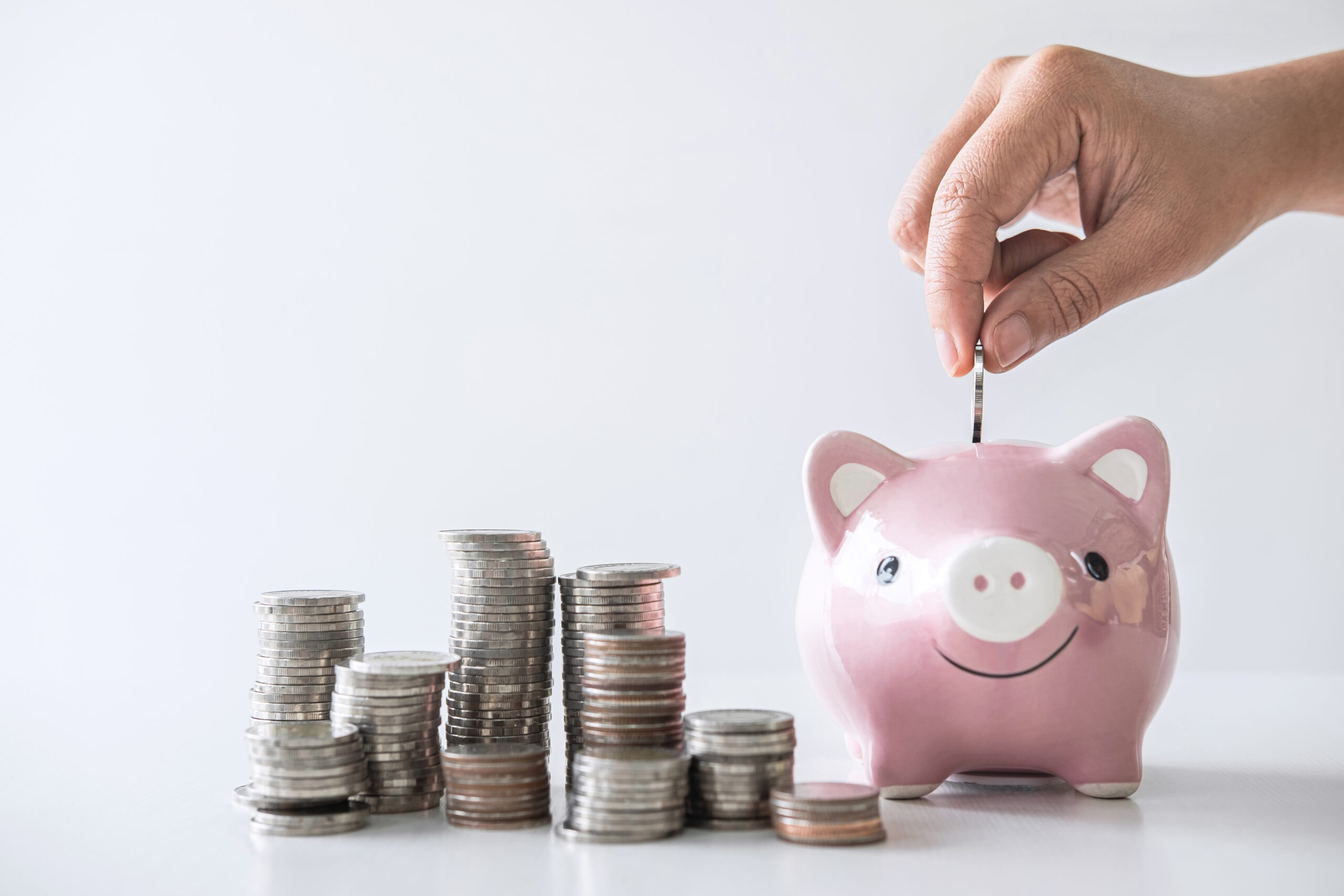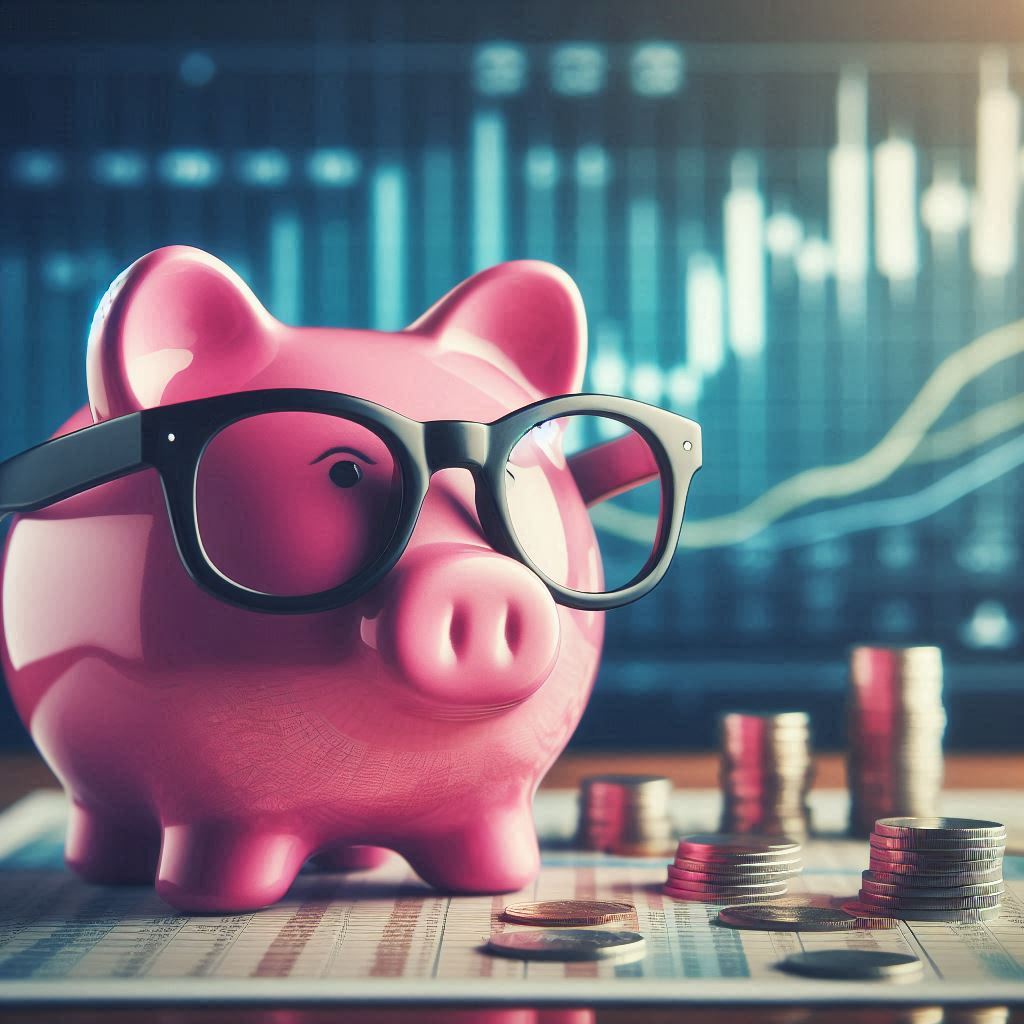Investing might sound like something only adults with a lot of money do, but starting young can be one of the smartest financial decisions you can make. Even if you don’t have a job yet, learning about how investing works can set you up for financial success in the future. The good news? You don’t need a lot of money to start. Let’s break it down, step by step.
What is Investing?
Investing is simply putting your money into something (like stocks, bonds, or even a business) with the hope that over time, it will grow, and you’ll make more money than you put in. Think of it as planting a tree: you plant a small seed now, and over time, with some care and patience, it grows into something much bigger.
Why Should You Start Investing Early?
The earlier you start, the more time your money has to grow. There’s something called compound interest which means you earn money not only on the amount you originally invested but also on the interest your investment has already earned. Over time, this creates a snowball effect that makes your money grow faster.
For example, if you invest $100 and it earns 10% in a year, you’ll have $110. Next year, you’ll earn 10% not on just $100 but on $110, and so on. Starting in your teens gives you years of compounding growth that many adults wish they had!
Investing Over Time: The Stock Market’s Long-Term Growth
One of the most compelling reasons to start investing young is the stock market’s historical performance. Over short periods, the stock market can go up and down, and you might even lose money in a given year. However, when you look at longer periods, the stock market has always grown in value over time.
According to data from the S&P 500 (an index that represents the 500 largest companies in the U.S.), the average annual return of the stock market has been around 10% since it began in 1926. While there have been bad years (like during recessions), over periods of 20 years or more, the market has never lost money. This means if you invest and hold your money for a long time, history suggests that you’re likely to come out ahead.
Hypothetical Scenario: Investing $20 Monthly Starting at Age 16
To see the magic of investing over time, let’s look at a hypothetical example. Let’s say you start investing at age 16 and put in $20 every month. If you keep doing that until you’re 50, and the stock market grows at an average annual return of 10%, how much would you have?
Assumptions:
Monthly investment: $20
Annual return: 10%
Starting age: 16
End age: 50 (34 years of investing)
Let’s calculate it:
Amount invested: You would invest $20 every month for 34 years. That’s a total of:
20×12×34=8,160 dollars invested over 34 years.20 \times 12 \times 34 = 8,160 \text{ dollars invested over 34 years}.20×12×34=8,160 dollars invested over 34 years.
Value at age 50: With compound interest at an average of 10% per year, your total amount at age 50 would be $71,400. That’s almost 9 times the amount you invested!
Hypothetical Scenario:Investing $40 Monthly Starting at Age 25
Now let’s compare this with someone who starts investing later in life. Let’s say you begin investing at age 25 and put in $40 per month. You do this until you’re 50, with the same 10% average annual return.
Assumptions:
Monthly investment: $40
Annual return: 10%
Starting age: 25
End age: 50 (25 years of investing)
Amount invested: You would invest $40 every month for 25 years. That’s a total of:
40×12×25=12,000 dollars invested over 25 years.40 \times 12 \times 25 = 12,000 \text{ dollars invested over 25 years}.40×12×25=12,000 dollars invested over 25 years.
Value at age 50: With compound interest at an average of 10%, your total amount at age 50 would be $47,200.
Comparing the Two Scenarios
In the first scenario, where you invest $20 monthly starting at 16, you would end up with $71,400 at age 50.
In the second scenario, where you invest $40 monthly starting at 25, you would end up with $47,200 at age 50.
Despite investing less money each month in the first scenario, you end up with more money at age 50 than someone who started later but invested twice as much! This is because the earlier you start, the more time compound interest has to work its magic.
The Lesson: Time in the Market Matters More Than Timing the Market
This example shows how crucial it is to start investing early. Even small amounts of money can grow into large sums if given enough time. The stock market rewards those who stay in it for the long haul, not those who try to jump in and out.
In the long run, starting young, even with small amounts, gives you the biggest advantage. Whether it’s $20, $40, or more, the key is to start as soon as possible and stay consistent.



Leave a Reply